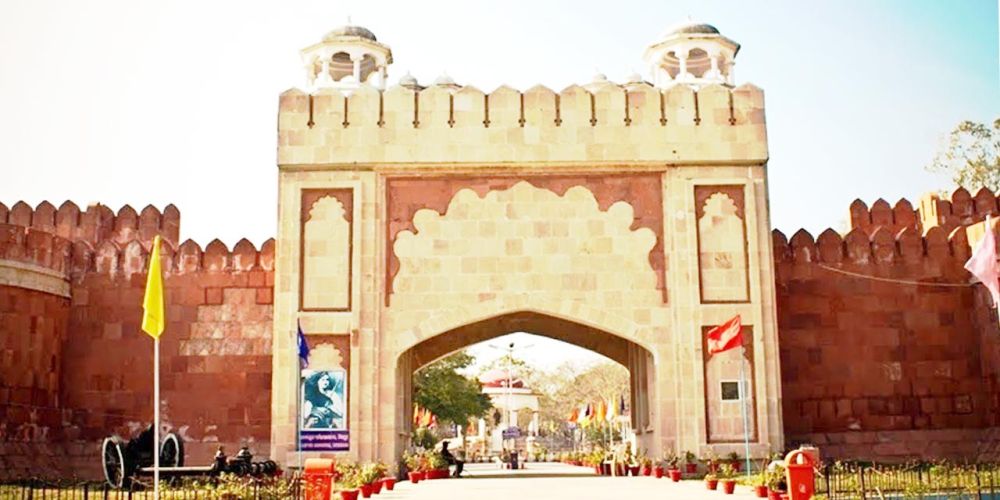

Nestled in the heart of Kanpur, Uttar Pradesh, Nana Rao Park stands as a testament to India's struggle for independence. This lush park, once known as the Bibighar Gardens, holds a significant place in the history of Indian tourism and the collective memory of the nation.
The history of tourism at Nana Rao Park can be traced back to the era of the British Raj. Originally designed for leisure and a representation of colonial power, the gardens were witnesses to one of the most tragic events of the 1857 Indian Mutiny (also known as the First War of Indian Independence) - the Bibighar massacre. After the event, the site was transformed into a memorial and a symbol of the Indian freedom struggle.
It was post-independence that the garden was renamed in honor of Nana Sahib, a key figure in the 1857 uprising, and a park was established. The transformation into Nana Rao Park turned the once-colonial space into one of remembrance and Indian pride, attracting tourists who sought to connect with India's turbulent past and its journey towards sovereignty.
Today, visitors to Nana Rao Park can explore its many facets, including the statue of Nana Sahib, located at the heart of the park. The park also features a beautifully landscaped garden, water fountains, and pathways lined with expansive greenery, making it a popular spot for relaxation amidst the urban bustle of Kanpur.
In recent times, Nana Rao Park has embraced a new trend in tourism: educational tourism. It has become a significant stop for students and history enthusiasts who are eager to learn about India's freedom struggle. The park serves as an open-air classroom of sorts, where visitors can immerse themselves in the stories and events that shaped modern India.
The combination of historical significance, beautiful surroundings, and educational value has made Nana Rao Park not only a local favorite but also a must-visit destination for travelers from across the world seeking to understand India's rich heritage. Its continued maintenance and enhancement over the years have ensured that it remains an important and enduring part of Kanpur's tourist landscape.
When planning a visit to Nana Rao Park, it's best to avoid the hottest parts of the year and aim for the cooler months. The park remains open throughout the week, and there is no entry fee, making it an accessible and welcoming place for everyone. For those interested in a guided experience, local tour guides are often available to provide in-depth historical insight and stories about the park and its significance.
Whether you're a history buff, nature lover, or just looking for a quiet place to reflect, Nana Rao Park in Kanpur offers a unique blend of past and present, beauty and education, and remains a poignant landmark in India's ongoing narrative.